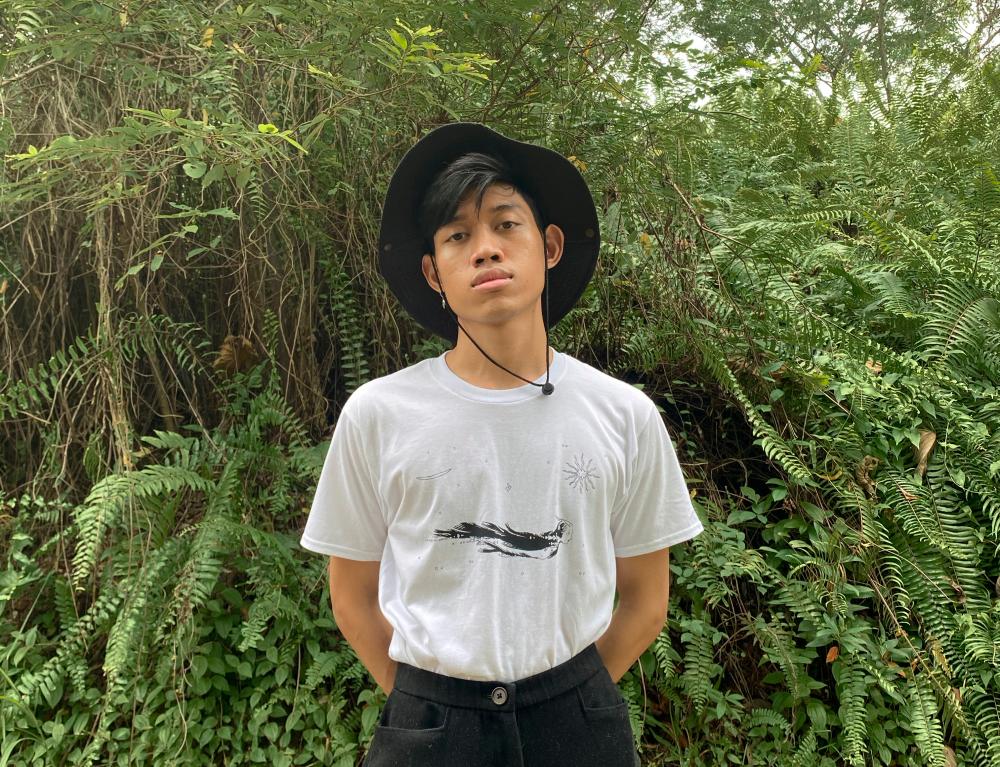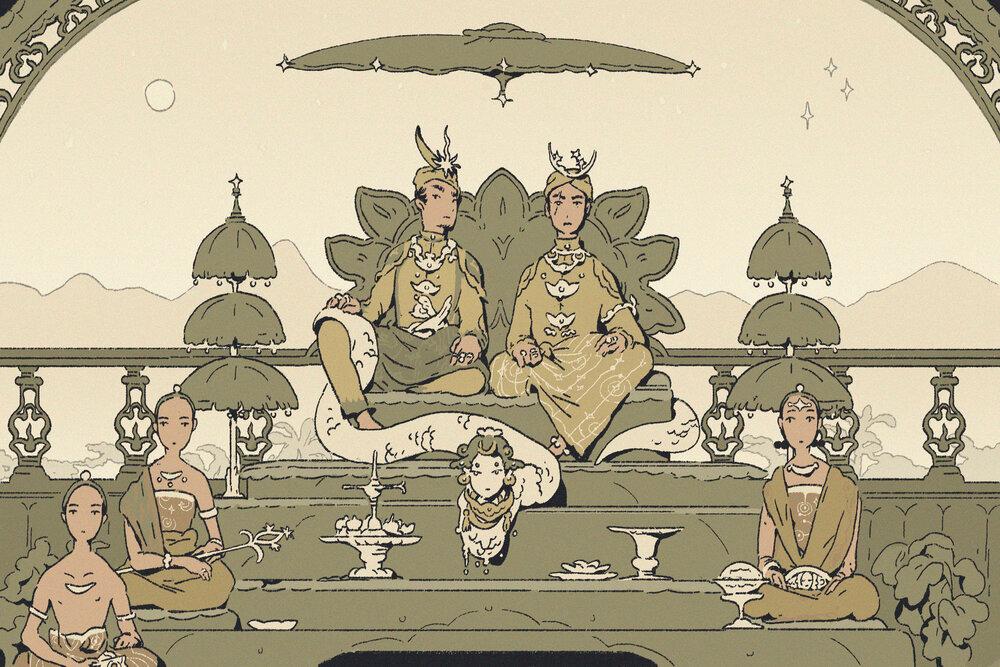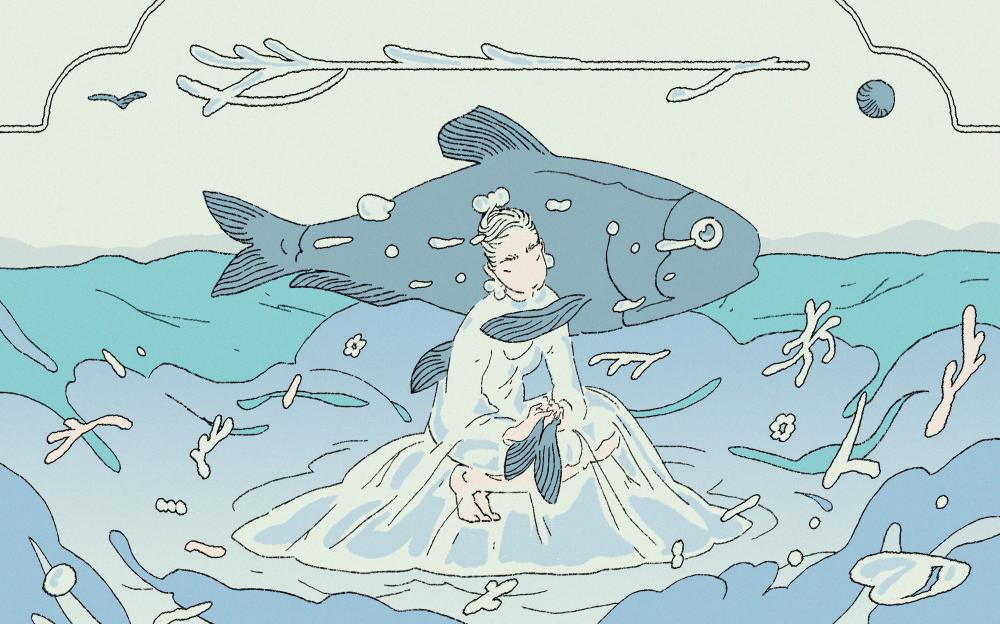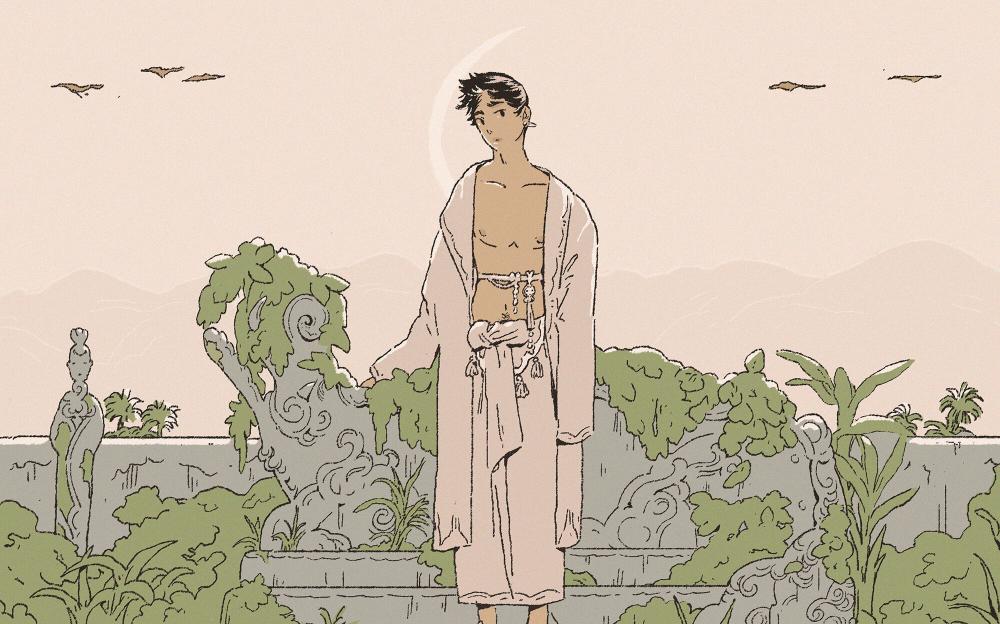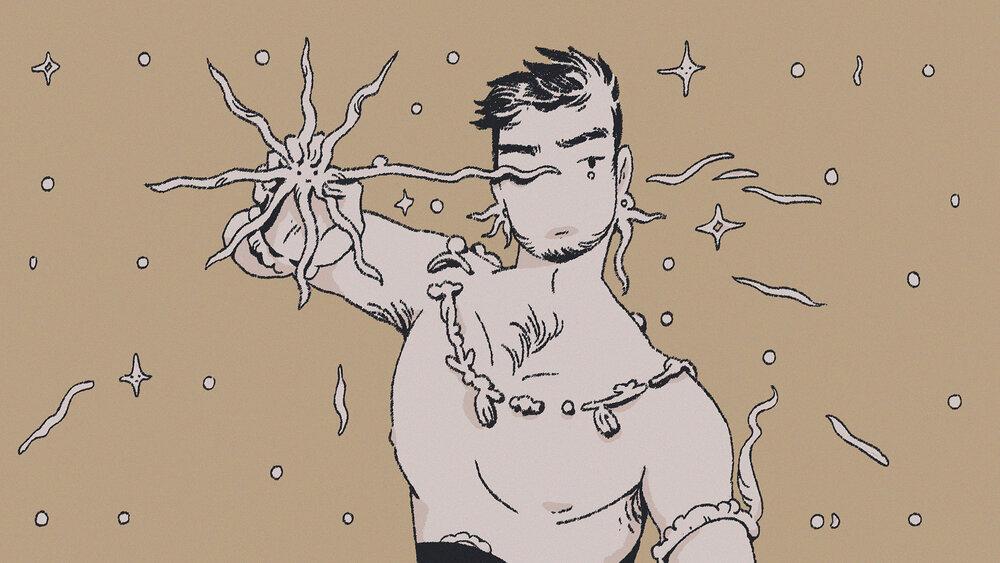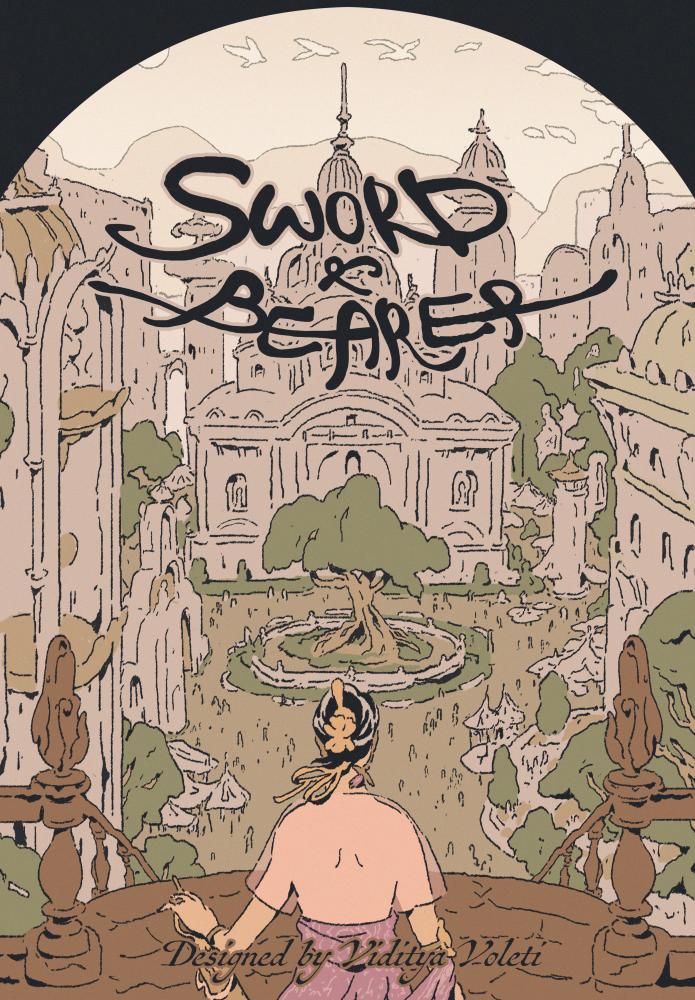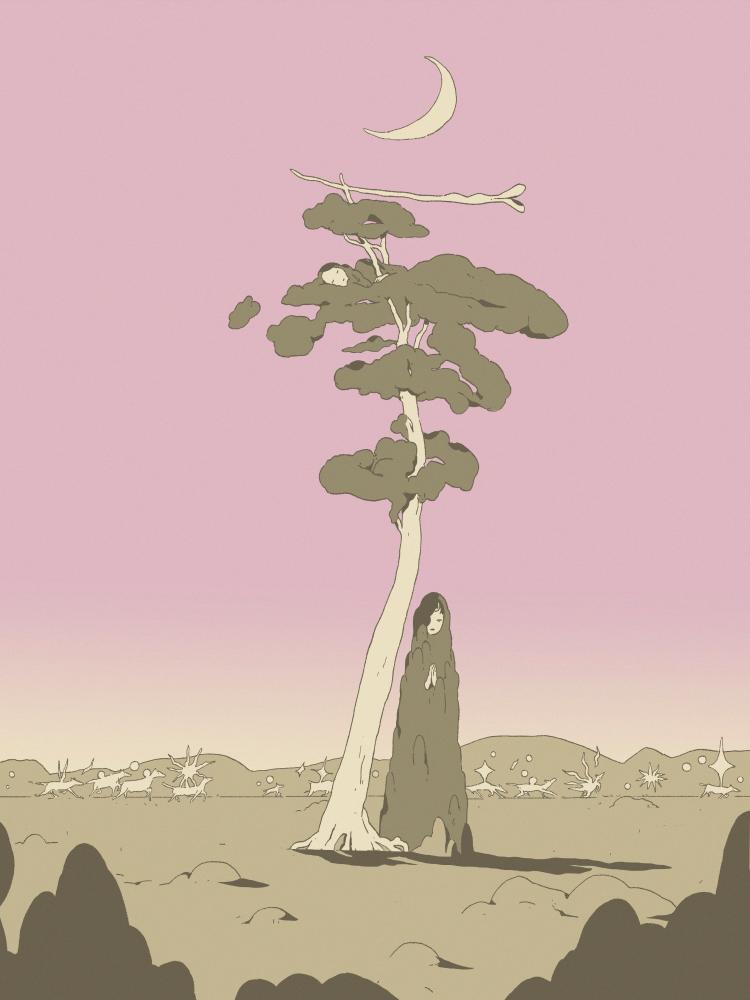A sense of wonder is often felt when one looks at Nadhir Nor’s illustrations. Beneath the mastery, he conveys an underlying level of hopefulness.
“This is in the hopes of coming up with something that can relate to what I was feeling,” Nadhir says of his art.
“It’s a lot of vulnerability and melancholy as well, kind of like writing a diary but with pencil strokes and esoteric symbols instead.”
In his illustrations, Nadhir explores the relationship between ancient mythology and modern society with prevalent narratives that we as modern human beings are experiencing.
He paints an utopian scenery with speculative possibilities and ideas that seek refuge while balancing excessive historicism and heroic modernism.
“When it comes to current issues in my work, it usually touches on modern human beings’ relationship with spirituality, religion, how modern love is affected by romanticism and just the general existential crisis experienced by the youth, to name a few,” he shared.
What do you find most fascinating about the otherworld?
I’m just very interested in the unspoken, the unseen. I could spend nights thinking about everything around us quietly lurking, waiting for us to hopefully decode one day. There’s something sad yet breathtaking about the fact that some of the most magical truths in this world may never come to light, and we’ll have to be okay with that.
Growing up as a Malay Muslim, the idea of spirits and realms co-existing and also how each of us affects one another definitely influenced me to bridge that idea in my work as well.
Are your works driven by a desire to make sense of time and existence?
In a way, yes. I think it’s fascinating to think about time not as linear but as a spiral concept. As much as we’d like to think that we have control over how our lives unfold, it’s a lovely reminder for me that it is not necessarily the case.
Whatever happens in the past will always inform us, whether we like it or not. And for that, I think we should be a little kinder to ourselves for our less fortunate circumstances.
How has your work evolved over time?
Earlier, I was more invested in making more epic, complex visual narratives when it came to composing my work. But now, I’ve been trying to make it simpler and to just focus on the emotions instead.
Has literature influenced your work in any way?
It’s a definite ‘yes’ but I don’t read books that much. I am, however, very influenced by music and songwriting, especially when it comes to world-building and using mythology to write about mundane, modern tragedies like puppy love and social capital.
It’s also always fun to hear musicians and songwriters like Will Wiesenfeld, Sufjan Stevens and Jenny Hval marry mythological narratives with more modern music production and millennial lingos.
Do you consider modernism to be a bane of mythology and tradition?
Maybe not necessarily modernism but more of the capitalist aspect that comes with it. The thing is, I don’t fully believe that mythology and traditions should be above all either. Perhaps we could instead try acknowledging and preserving our past as a gentle reminder that they do inform who we are to have a lovelier version of what it means to be ‘modern’.



